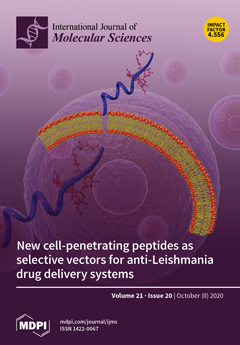Several studies proposed the importance of zinc ion in male fertility. Here, we describe the properties, roles and cellular mechanisms of action of Zn
2+ in spermatozoa, focusing on its involvement in sperm motility, capacitation and acrosomal exocytosis, three functions that are crucial for successful fertilization. The impact of zinc supplementation on assisted fertilization techniques is also described. The impact of zinc on sperm motility has been investigated in many vertebrate and invertebrate species. It has been reported that Zn
2+ in human seminal plasma decreases sperm motility and that Zn
2+ removal enhances motility. Reduction in the intracellular concentration of Zn
2+ during epididymal transit allows the development of progressive motility and the subsequent hyper activated motility during sperm capacitation. Extracellular Zn
2+ affects intracellular signaling pathways through its interaction with the Zn
2+ sensing receptor (ZnR), also named GPR39. This receptor was found in the sperm tail and the acrosome, suggesting the possible involvement of Zn
2+ in sperm motility and acrosomal exocytosis. Our studies showed that Zn
2+ stimulates bovine sperm acrosomal exocytosis, as well as human sperm hyper-activated motility, were both mediated by GPR39. Zn
2+ binds and activates GPR39, which activates the trans-membrane-adenylyl-cyclase (tmAC) to catalyze cAMP production. The NHE (Na
+/H
+-exchanger) is activated by cAMP, leading in increased pHi and activation of the sperm-specific Ca
2+ channel CatSper, resulting in an increase in [Ca
2+]
i, which, together with HCO
3−, activates the soluble adenylyl-cyclase (sAC). The increase in [cAMP]
i activates protein kinase A (PKA), followed by activation of the Src-epidermal growth factor receptor-Pphospholipase C (Src-EGFR-PLC) cascade, resulting in inositol-triphosphate (IP
3) production, which mobilizes Ca
2+ from the acrosome, causing a further increase in [Ca
2+]
i and the development of hyper-activated motility. PKA also activates phospholipase D1 (PLD1), leading to F-actin formation during capacitation. Prior to the acrosomal exocytosis, PLC induces phosphadidylinositol-4,5-bisphosphate (PIP
2) hydrolysis, leading to the release of the actin-severing protein gelsolin to the cytosol, which is activated by Ca
2+, resulting in F-actin breakdown and the occurrence of acrosomal exocytosis.
Full article






